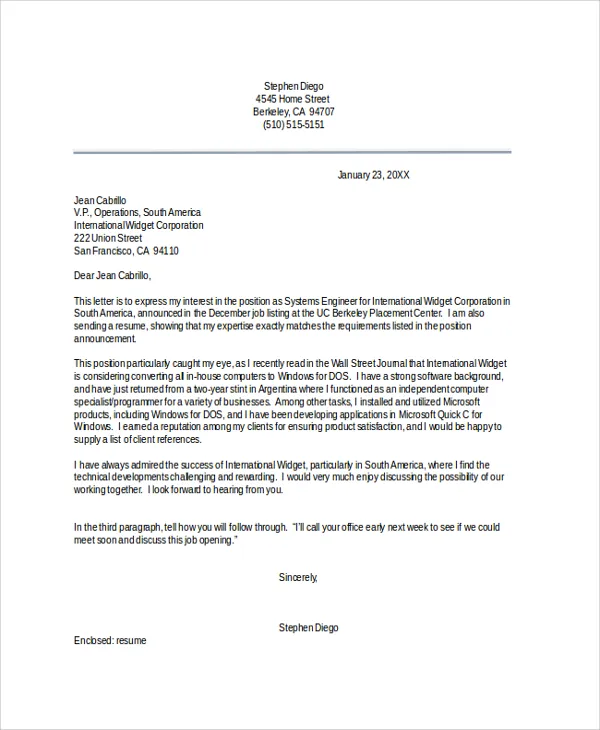What is a Government Jobs Cover Letter
A government jobs cover letter is a crucial document that accompanies your resume when you apply for positions within governmental organizations. Unlike a resume, which provides a summary of your skills and experience, the cover letter allows you to elaborate on why you are the perfect fit for the specific job. It provides an opportunity to showcase your personality, express your enthusiasm, and demonstrate your understanding of the role and the agency’s mission. A well-crafted cover letter can significantly increase your chances of landing an interview, setting you apart from other candidates.
Purpose of a Government Job Cover Letter
The primary purpose of a government job cover letter is to introduce yourself and highlight your qualifications in a way that is tailored to the specific job requirements. It bridges the gap between your resume and the job description, providing context and demonstrating how your skills and experiences align with the needs of the government agency. A cover letter allows you to explain any gaps in your employment history, clarify any unusual circumstances, and express your genuine interest in the position and the organization. A compelling cover letter will make the hiring manager want to learn more about you.
Key Components of a Cover Letter
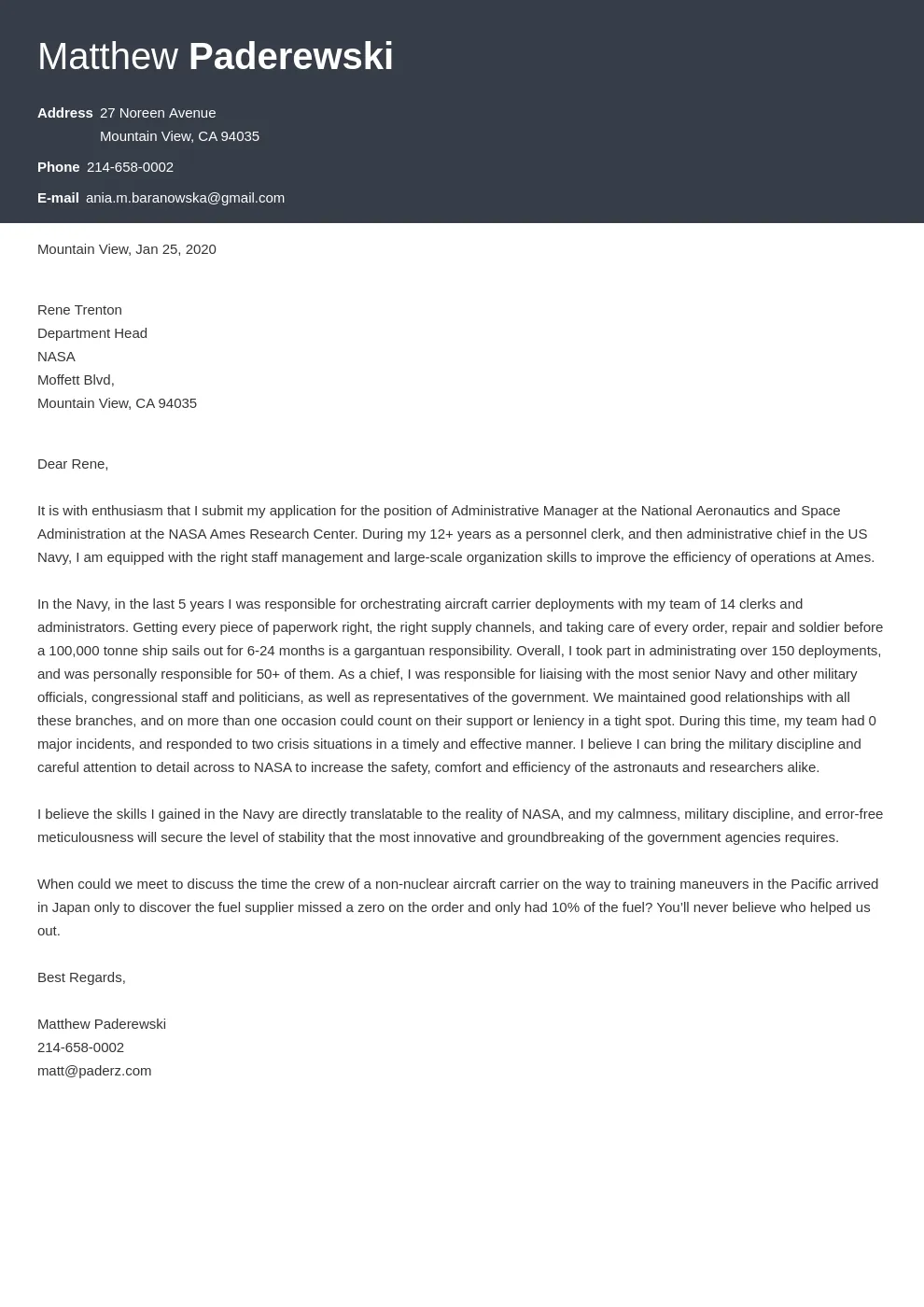
A strong government job cover letter typically includes several key components. These include a professional header with your contact information, a personalized salutation, a clear and concise introduction stating the position you are applying for, and a body that highlights your relevant skills and experience. The letter should also include a closing paragraph that reiterates your interest, expresses gratitude, and includes a call to action, such as indicating your availability for an interview. Finally, it’s important to proofread the letter carefully for any errors in grammar or spelling.
Researching the Government Agency
Before writing your cover letter, thorough research into the government agency is essential. Understanding the agency’s mission, values, and recent initiatives will help you tailor your letter to demonstrate your alignment with their goals. This research will help you to use the right keywords and phrases to show that you have a deep understanding of the job requirements and the agency’s priorities. Visit the agency’s website, review their annual reports, and look for any press releases or news articles that provide insights into their current projects and challenges. Demonstrate your understanding of the agency’s culture.
Understanding the Job Requirements
Carefully review the job description to fully understand the responsibilities, qualifications, and skills required for the position. Identify the key requirements and match your skills and experiences to those listed in the job posting. This is a critical step in the cover letter writing process as it helps you to tailor your letter to address the specific needs of the employer. Look for keywords and phrases used in the job description and incorporate them into your cover letter. Make sure you fully understand the job requirements before you start writing your cover letter.
Analyzing the Job Description
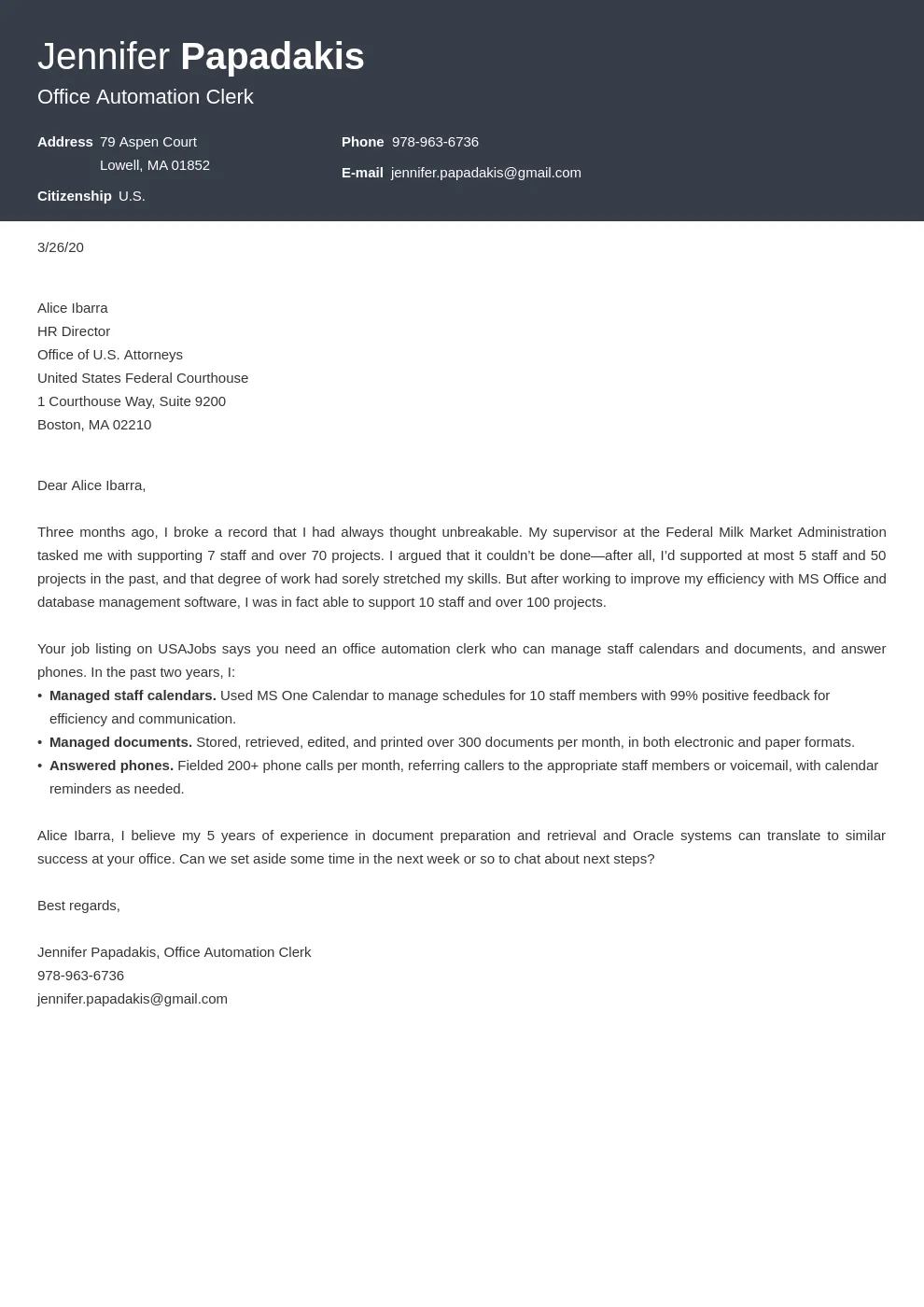
Analyze the job description to identify the most important qualifications and skills the employer is seeking. Highlight these requirements in your cover letter and provide specific examples of how you have demonstrated these skills in your previous roles. Be sure to also check for any preferred qualifications, and include these if you have relevant experience. By thoroughly analyzing the job description, you can create a targeted cover letter that clearly demonstrates your suitability for the role and increases your chances of being selected for an interview. Customize your cover letter, and it will be highly appreciated by the employer.
Formatting Your Government Job Cover Letter
Proper formatting is essential for creating a professional and readable cover letter. Use a standard font such as Arial or Times New Roman, with a font size between 10 and 12 points. Maintain consistent margins of one inch on all sides, and use single spacing within paragraphs and double spacing between paragraphs. The format should be easy to read and visually appealing. A well-formatted cover letter demonstrates attention to detail and professionalism, which are qualities that government agencies value. Keep it clear, concise, and easy for the reader to scan.
Header and Contact Information
Your header should include your full name, address, phone number, and email address. If you have a professional online profile, such as a LinkedIn profile, you can also include the link in your header. Make sure your contact information is current and accurate. It should be placed at the top of the letter, either left-aligned or centered. This information allows the hiring manager to quickly contact you. Ensure the information is easy to read and stands out on the page. Make sure your email address looks professional.
Salutation and Tone
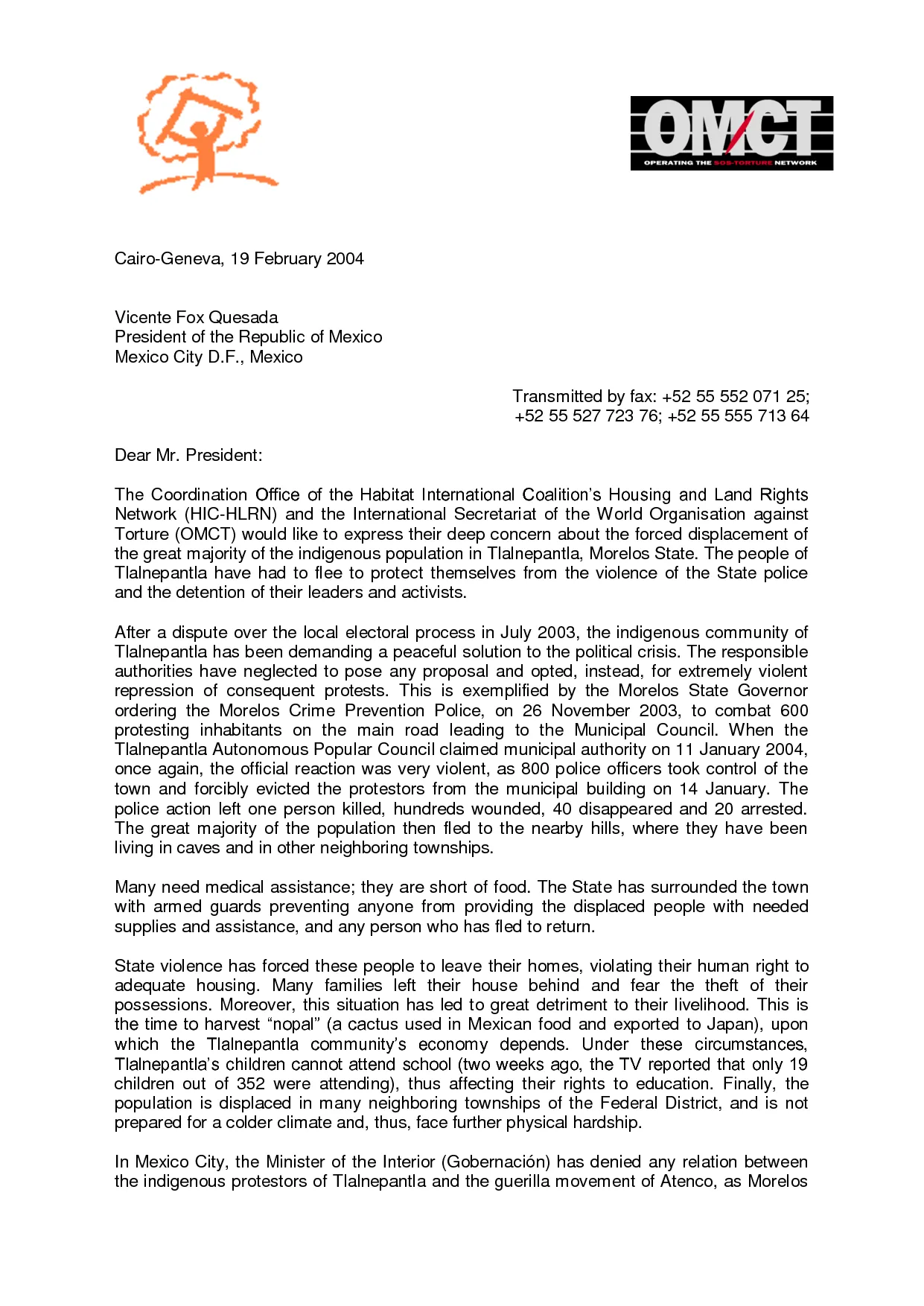
Use a formal salutation, such as “Dear Mr./Ms./Mx. [Last Name],” if you know the hiring manager’s name. If you are unsure of the name, use a general salutation like “Dear Hiring Manager.” The tone of your cover letter should be professional, respectful, and enthusiastic. Demonstrate your interest in the position and your understanding of the agency’s mission. Use a positive and confident tone. Avoid using overly casual language or slang. Always make sure the salutation and tone match the formality of a government setting.
Writing the Body of Your Cover Letter
The body of your cover letter is where you provide the most detailed information about your qualifications and suitability for the job. It is important to break up the body into clear, well-organized paragraphs, each addressing a specific aspect of your qualifications. Provide examples that support your claims and demonstrate the impact of your achievements. It should be concise and easy to read. Avoid long, rambling paragraphs. The body of your cover letter is your chance to make a strong impression and show the hiring manager why you are the best candidate for the job.
First Paragraph State Your Purpose
The first paragraph of your cover letter should state the specific position you are applying for and how you learned about the opportunity. Briefly mention your relevant skills and experiences, and express your enthusiasm for the role and the agency. This paragraph serves as your introduction and should immediately capture the reader’s attention. Be clear and concise about the position and the purpose of your letter. State the job title clearly and the source where you found the job posting. Show the hiring manager that you are a great fit for the role.
Middle Paragraph Highlighting Skills
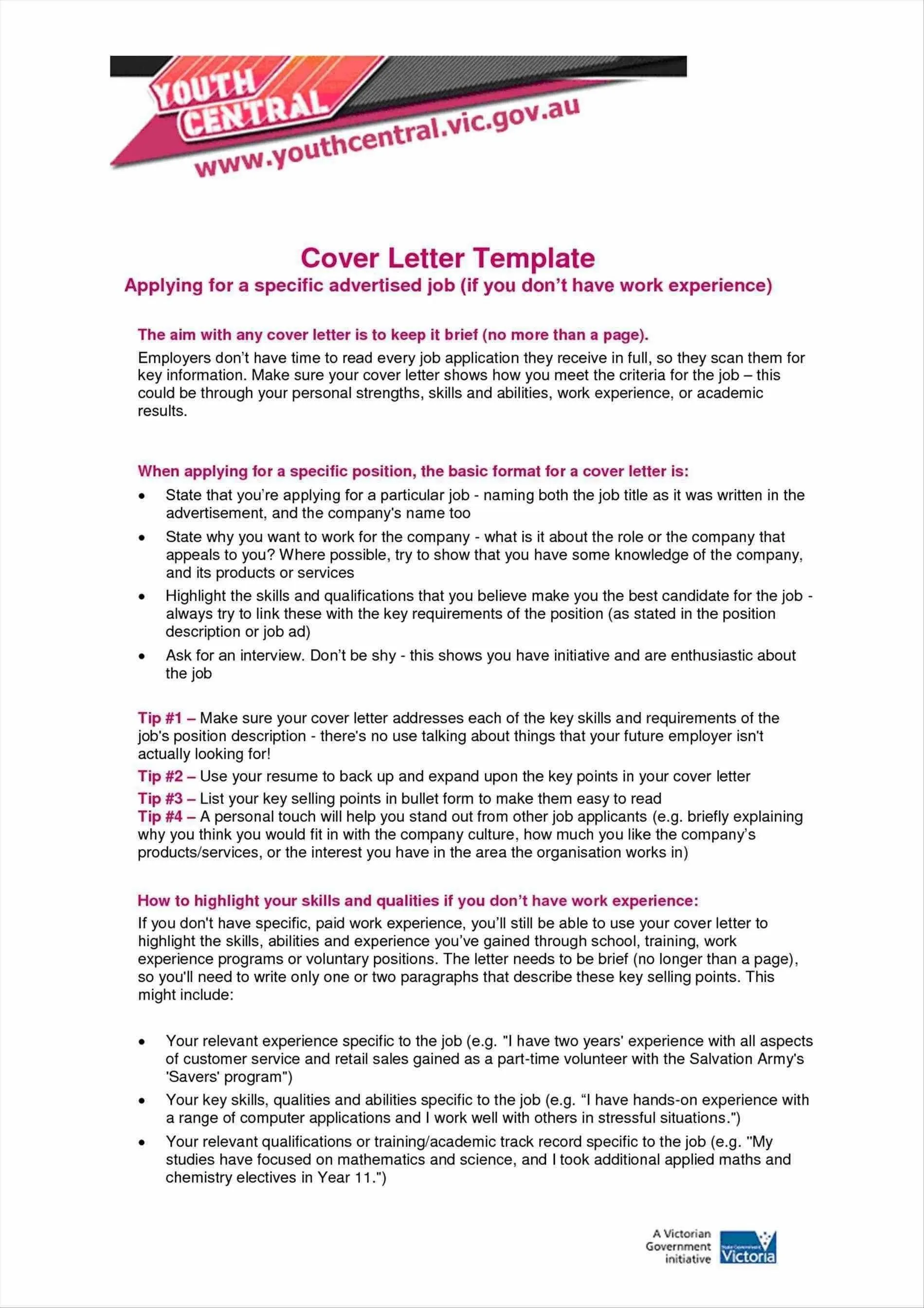
In the middle paragraphs, highlight your skills, experiences, and accomplishments that are most relevant to the job requirements. Provide specific examples to demonstrate how you have successfully applied these skills in previous roles. Quantify your achievements whenever possible, using numbers and data to show the impact of your work. Use keywords from the job description. This section is your opportunity to demonstrate your ability to excel in the position. Tailor this section to the specific job description and tailor it to the needs of the employer.
Use action verbs to showcase achievements
Use strong action verbs to describe your accomplishments and responsibilities. For example, instead of saying “responsible for managing projects,” you might say “led project teams, resulting in a 15% increase in efficiency.” Action verbs help you to create a dynamic and engaging cover letter. Make sure to use verbs that accurately reflect your actions and achievements. Use a variety of action verbs to keep the reader engaged. This will help to grab the reader’s attention and make a positive impression on the hiring manager. Using action verbs makes your letter more powerful.
Showcase your experience relevant to the job
Focus on the experience that aligns with the job requirements. Highlight your accomplishments and quantify your achievements. Instead of just listing your responsibilities, provide specific examples of how you have successfully applied your skills in previous roles. Quantify your achievements whenever possible, such as by using numbers and data to show the impact of your work. Focus on demonstrating the value you bring to the agency and your ability to contribute to its mission. This is your chance to show that you have the necessary experience.
Final Paragraph Call to Action
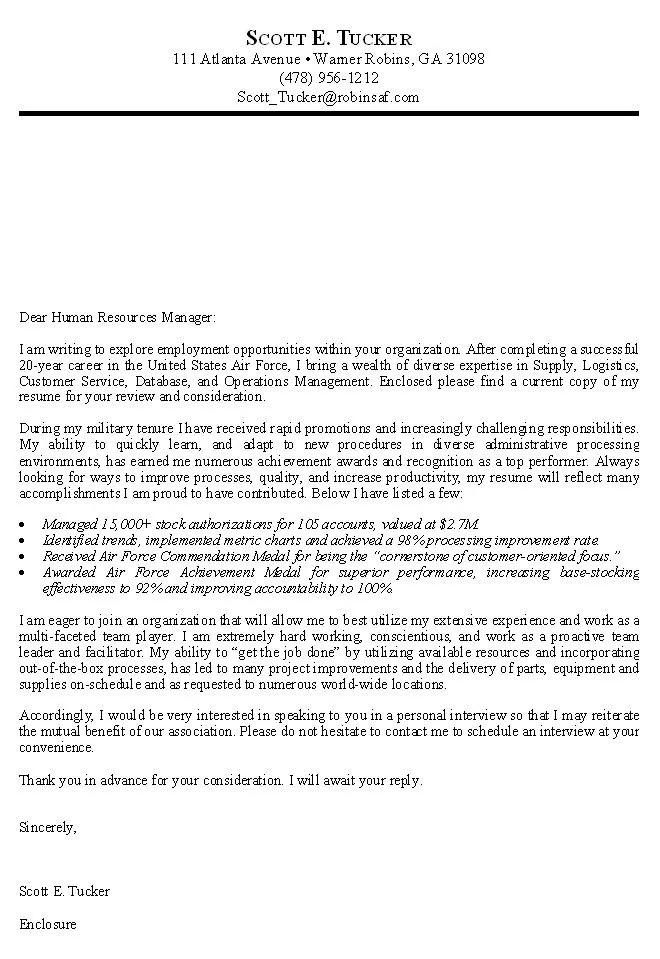
In your final paragraph, reiterate your interest in the position and express your gratitude for the opportunity. Include a call to action, such as stating your availability for an interview and providing your contact information. Thank the hiring manager for their time and consideration. This is your last chance to leave a positive impression and encourage them to contact you. You can also add a sentence expressing your interest in learning more about the role.
Proofreading and Editing Your Cover Letter
Before submitting your cover letter, carefully proofread it for any errors in grammar, spelling, and punctuation. Errors can undermine your credibility and make you appear less professional. Check the letter for clarity and conciseness. Ensure your writing is easy to understand and flows smoothly. Ask a friend or family member to review your letter as well. Proofreading is essential for creating a positive impression on the hiring manager. It shows attention to detail and a commitment to quality.
Checking for Grammar and Spelling Errors
Thoroughly check your cover letter for any grammar and spelling errors. These errors can make you appear less professional and can negatively impact your chances of getting an interview. Use a grammar and spell-checking tool to identify any mistakes. Then, carefully review the letter for errors that the tool might have missed. Having a fresh pair of eyes review your cover letter is also recommended. You should always take the time to proofread it before submitting your application. This shows your attention to detail.
Ensuring Clarity and Conciseness
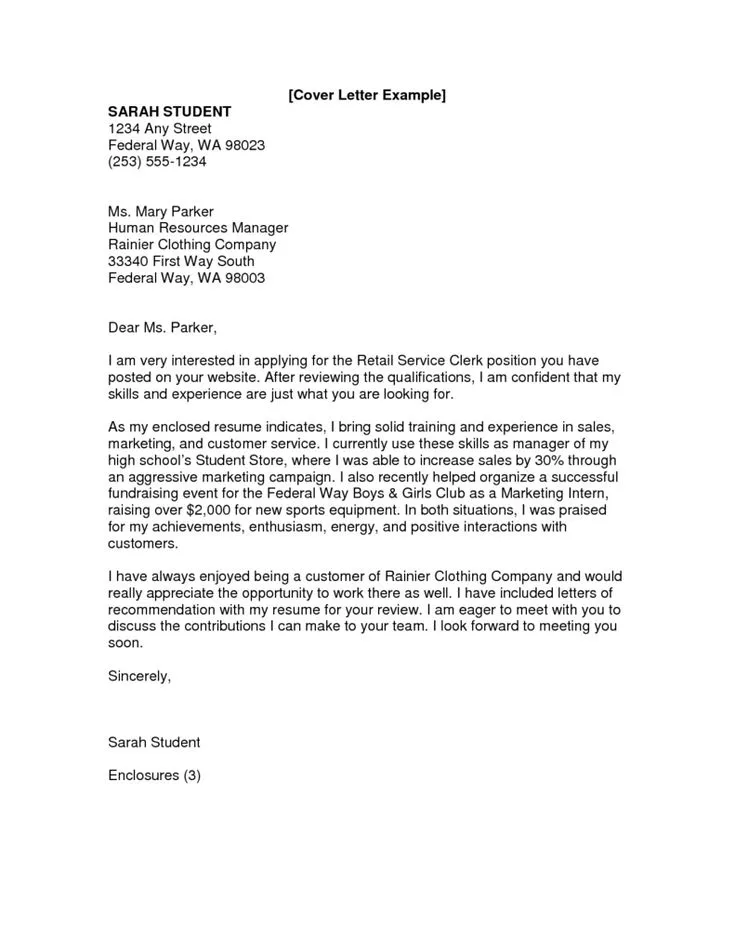
Ensure your cover letter is clear, concise, and easy to understand. Avoid using overly complex language or jargon that might confuse the reader. Make sure your points are well-organized and presented in a logical sequence. Use strong verbs and active voice. Each sentence should be meaningful. The goal is to communicate your qualifications effectively and efficiently. A clear and concise cover letter is more likely to be read carefully and understood by the hiring manager.
Making a strong and professional impression
The overall impression should be professional and polished. Use high-quality paper if submitting a hard copy. Make sure your formatting is consistent and your presentation is neat. Ensure that your cover letter accurately reflects your qualifications and professionalism. This will enhance your chances of securing an interview. A well-crafted cover letter helps to demonstrate your commitment to detail. Proofreading shows you care about the application process and that you are attentive to details.
Submitting Your Government Job Cover Letter
Always follow the application instructions provided in the job posting. These instructions will outline how to submit your cover letter and resume. Carefully review the application guidelines to ensure you meet all the requirements. If the instructions ask for a specific file format or method of submission, make sure to follow them. Ignoring the instructions can lead to your application being rejected. It demonstrates that you are attentive to detail. Following the instructions properly ensures that your application is considered.
Following Application Instructions
Pay close attention to the specific instructions on how to submit your cover letter and resume. Some applications require online submissions, while others may request physical copies. Some might ask for a specific file format, such as PDF or Word. Failure to follow these instructions can lead to your application being rejected. Always verify the application instructions, and make sure you comply. Taking the time to follow the instructions shows you are organized.
Preparing for Follow-Up
After submitting your application, prepare to follow up. If the job posting indicates a timeframe for hearing back from the agency, be prepared to follow up if you haven’t heard back within that time. Keep track of the jobs you’ve applied for. You can email the hiring manager or the contact person listed in the job posting. Be polite and professional in your follow-up communication. A follow-up shows you are genuinely interested in the role.
